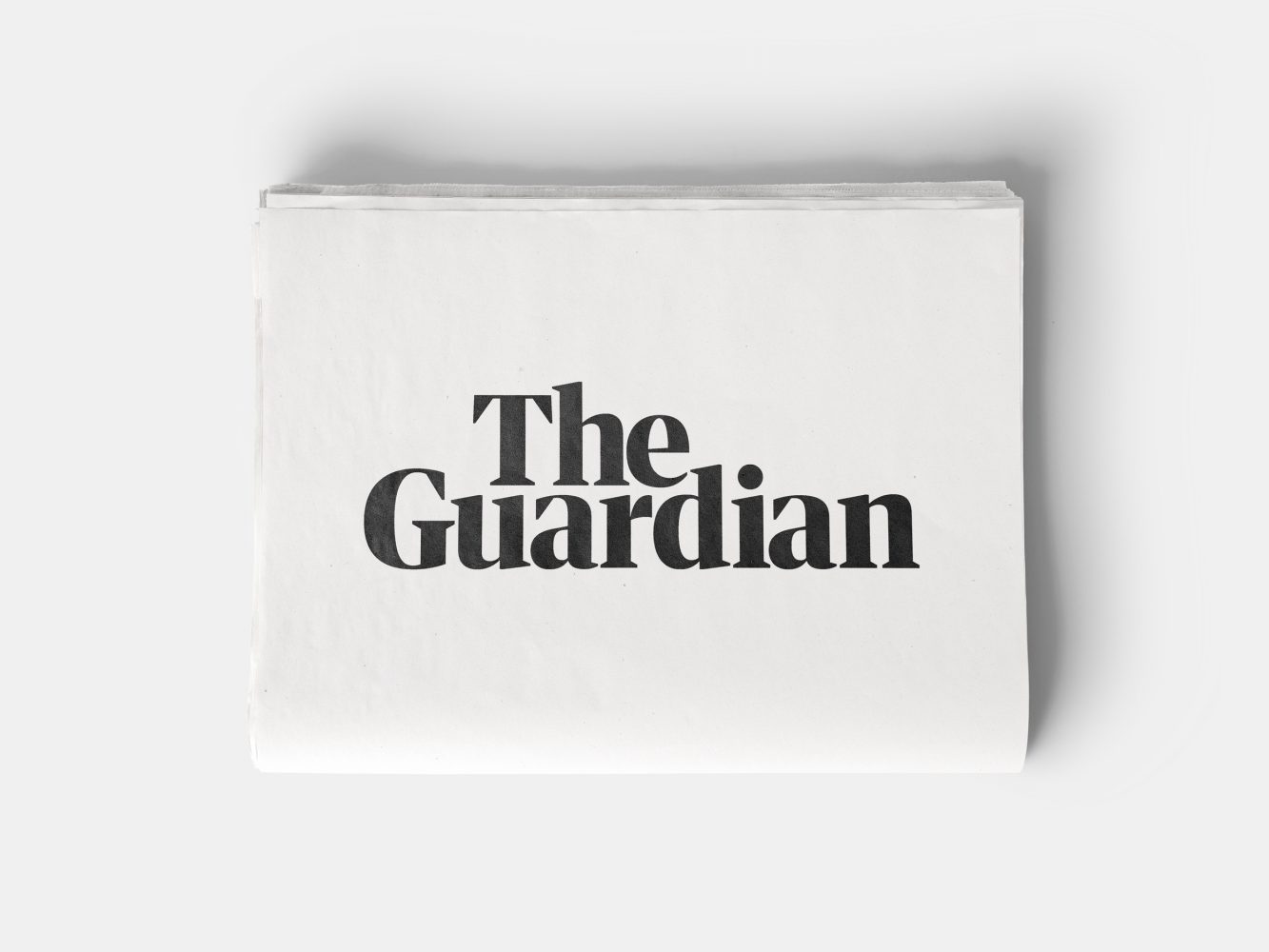Biography
Donald Locke (b.1930, Stewartville, Guyana; d.2010 Atlanta, Georgia, USA) was a Guyanese painter, sculptor, and ceramicist, whose career was marked by its ambitious, interdisciplinary nature. Through this multimodal approach, Locke’s practice mined both his personal experience as well interrogating the colonial archive to expose the enduring legacies of racialisation in the contemporary.
Locke grew up in Stewartville, Demerara Country, in what was then British Guiana. The town was built on a narrow strip of land, wedged between two sugar cane plantations. Speaking on the influence of the plantation system, Locke recalled: ‘It dominated the sky… it dominated your life from beginning to end’.1 As noted by Giulia Smith, ‘It was this overriding sense of entrapment that [Locke] sought to convey in his artworks’.2
While living in London between 1972 and 1976, Locke produced the works he is perhaps now best known for in the UK: the Plantation Series. This cycle of abstract paintings and three-dimensional assemblages are bound together by two recurring compositional motifs: a grid, and a reliance on the monochrome. Locke’s grids parallel the structures of the plantation, and his exclusively black and brown colour palette carries palpable political connotations. Smith highlights the importance of these works being made in London: Britain’s unwillingness to acknowledge its colonial heritage made it all the more urgent for Locke to expose the afterlife of the plantation system, the logic of which ‘still permeates the economic and institutional fabric of the transatlantic world’.2
Locke left the UK in 1979, when a Guggenheim Fellowship enabled him to move to Arizona. This move was particularly liberating for his processes of making. ‘In Europe there is the weight of tradition’, the artist remarked. ‘In America, we do not pay homage to tradition in the same way, so we are freer to be more enterprising, more energetic and more innovative in establishing the artist’s own personal language’.4 In 1990, Locke moved to Atlanta, Georgia, where he embarked on a series of large-scale mixed media canvases. Fragments of wood, metal, and found objects were inserted into the surfaces of these works. The artist also attached photographs of his sculptures, as well as imagery relating to the American South and examples of colonial ‘ethnographic’ photography.
Ceramics were always a key component of Locke’s practice in the UK, influenced in particular by the ceramics of James Tower, one of Locke’s professors at the Bath School of Art and Design, Corsham. During his time in Arizona, Locke cast many of his anthropomorphic and figurative forms into bronze. Returning once more to ceramics in the mid-2000s, Locke coined the description ‘mixed-media ceramics’ to describe his later sculptures, combining clay with textured elements like fur, branches and horns.
Reflecting on his practice in 2004, Locke recalled that ‘unconsciously, the total body of work has been trying to encompass and bend to the will of the imagination, every aspect of the life and experience of black people in the New World - their political and sociological structures, the landscapes they inhabit, their physical uniqueness, the folk-lore and myths which crowd their imagination, and the socio-economic legacies they inherited from the past’.5
Donald Locke’s solo exhibitions include, ‘Nexus’ at Atlanta Contemporary (24 October 2024 – 2 February 2025), and a major UK insitutional survey at
Spike Island, Bristol (31 May – 7 September 2025), which will tour to Camden Arts Centre,
London and Ikon Gallery, Birmingham. Prior Institutional exhibitions include Tate Britain, London (2021) and the High Museum of Art, Atlanta (2017). His works have been acquired by international institutions including Victoria and Albert Museum, London; Fitzwilliam Museum, Cambridge; the Smithsonian Institute, Washington DC; and the Studio Museum in Harlem, New York.
[1] Donald Locke cited in Giulia Smith, ‘Donald Locke: The Plantation Series’, The Plantation Complex Panel, Association for Art History Annual Conference, 2021.
[2] Smith.
[3] Smith.
[4] Donald Locke cited in Vicky Hay, ‘The Multifaceted Donald Locke’, Smithsonian Institution’s American Visions, 1989, p.40.
[5] Donald Locke, ‘Artist’s Statement’, Atlanta, April 2004, included in the press release for his solo exhibition at Skoto Gallery, New York, 2004.














































































